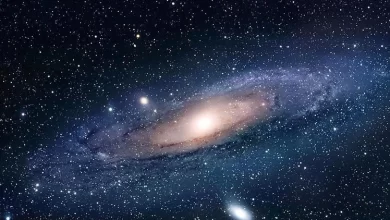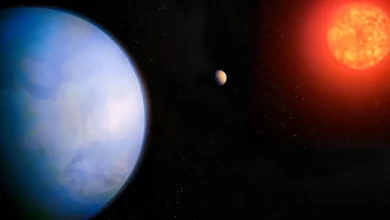
NASA has conducted the first ‘ultra-cold’ quantum sensor experiment on the International Space Station. This opens the door to the use of quantum technologies in future space missions.
In future space missions, quantum technologies could be used to monitor water on Earth, explore the composition of moons and other planets, or investigate mysterious cosmic events. In this context, NASA’s Cold Atom Lab, the first of its kind on the International Space Station, has taken a revolutionary step in how quantum science will be used in space.
Cold atoms used in space for the first time
NASA aims to use quantum technology to measure gravity, magnetic fields and other forces in space. For the first time, the space agency has tested a brand new instrument called an atom interferometer on the International Space Station (ISS) to measure the vibrations of the orbiting laboratory using ultracold atoms.
Although atom interferometers are used on Earth, they were thought to be too fragile to operate in space for long periods of time. But using NASA’s Cold Atom Laboratory – a facility the size of a mini fridge on the ISS – scientists have proved that it is possible to use atom interferometers in space. By utilising microgravity, scientists were able to achieve longer measurement times and higher instrument sensitivity.
According to NASA, space-based sensors that can measure gravity with high precision have many potential applications. For example, they could reveal the composition of the planets and moons in our Solar System, because different materials have different densities that create subtle differences in gravity. This kind of measurement is already being carried out by the US-German collaboration GRACE-FO (Gravity Recovery and Climate Experiment Follow-on), which detects subtle changes in gravity to track the movement of water and ice on Earth. An atomic interferometer could provide additional sensitivity and stability, revealing more details about surface mass variations.
Unravelling the mystery of dark matter and dark energy

Precise gravity measurements can also provide insights into the nature of dark matter and dark energy, two great cosmological mysteries. Dark matter is characterised as an invisible substance that is five times more common in the universe than the ‘normal’ matter that makes up planets, stars and everything else we can see. Dark energy is the name given to the unknown driving force of the universe’s accelerating expansion.
However, the atomic interferometer at the Cold Atom Laboratory can also be used to test Einstein’s theory of general relativity in new ways. Although general relativity is the fundamental theory that explains the large-scale structure of the universe, scientists say there are aspects of the theory that they do not understand correctly. With this technology, it is thought that these gaps can be filled and a more complete picture can be obtained.
Launched in 2018
The Cold Atom Laboratory was launched to the space station in 2018. The laboratory cools atoms with lasers to almost absolute zero, or minus 273 degrees Celsius (which is colder than space itself; space has a temperature of minus 270.4 degrees Celsius). At these ultra-cold temperatures, the atoms form a fifth state of matter (different from solid, liquid, gas or plasma) called a Bose-Einstein condensate, which makes some quantum properties of atoms macroscopic rather than microscopic.
As a result, it becomes easier to observe the properties of atoms.






